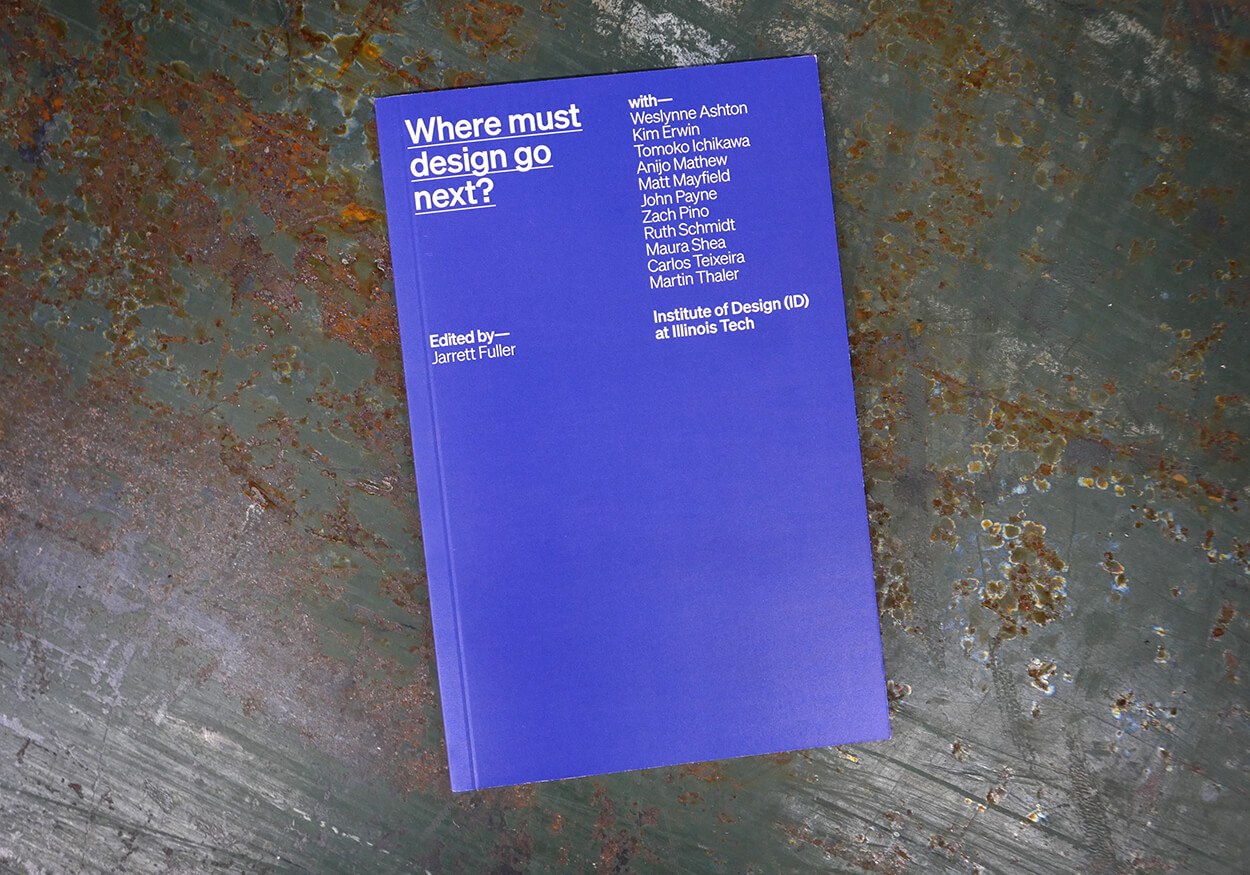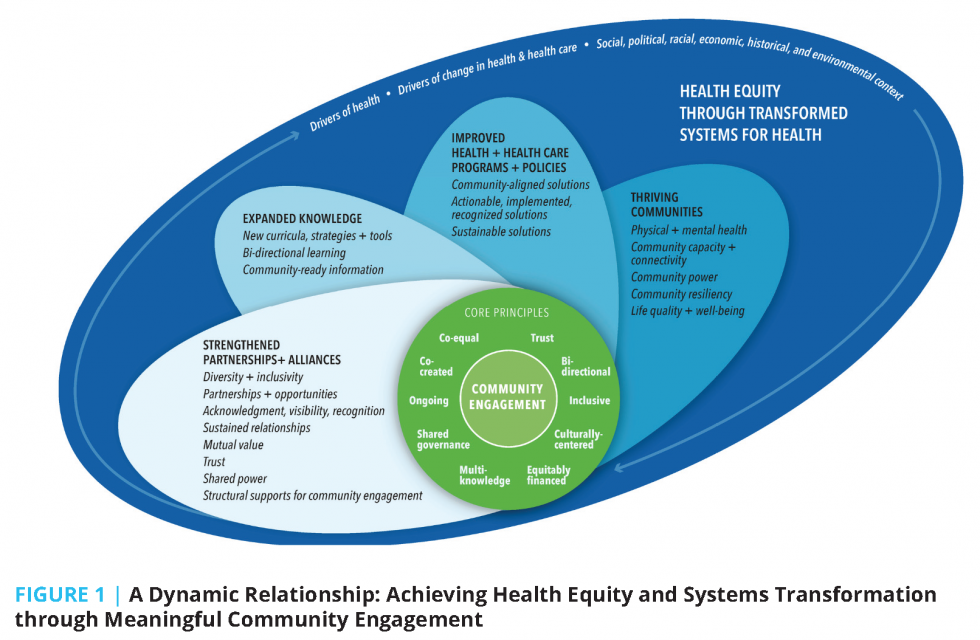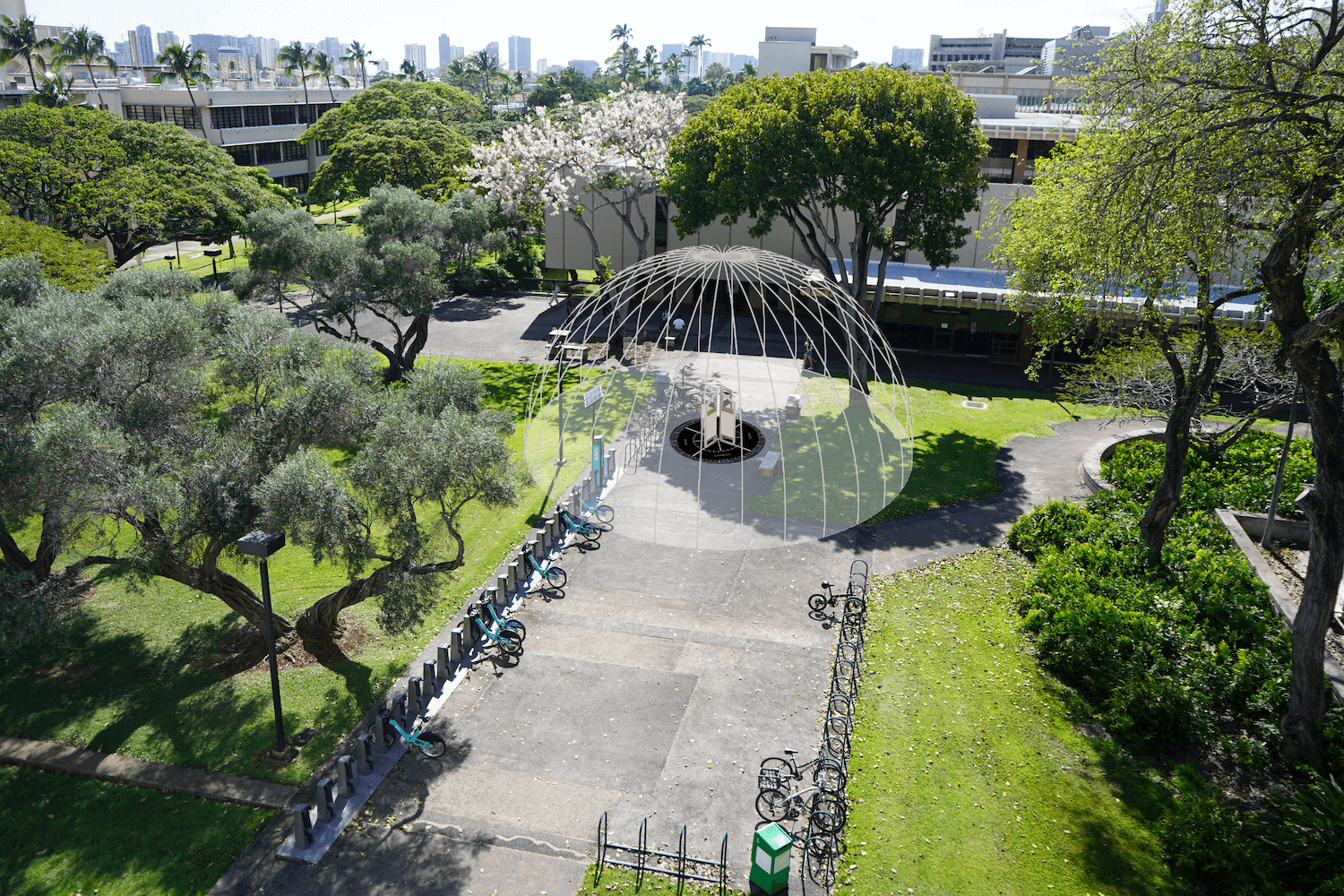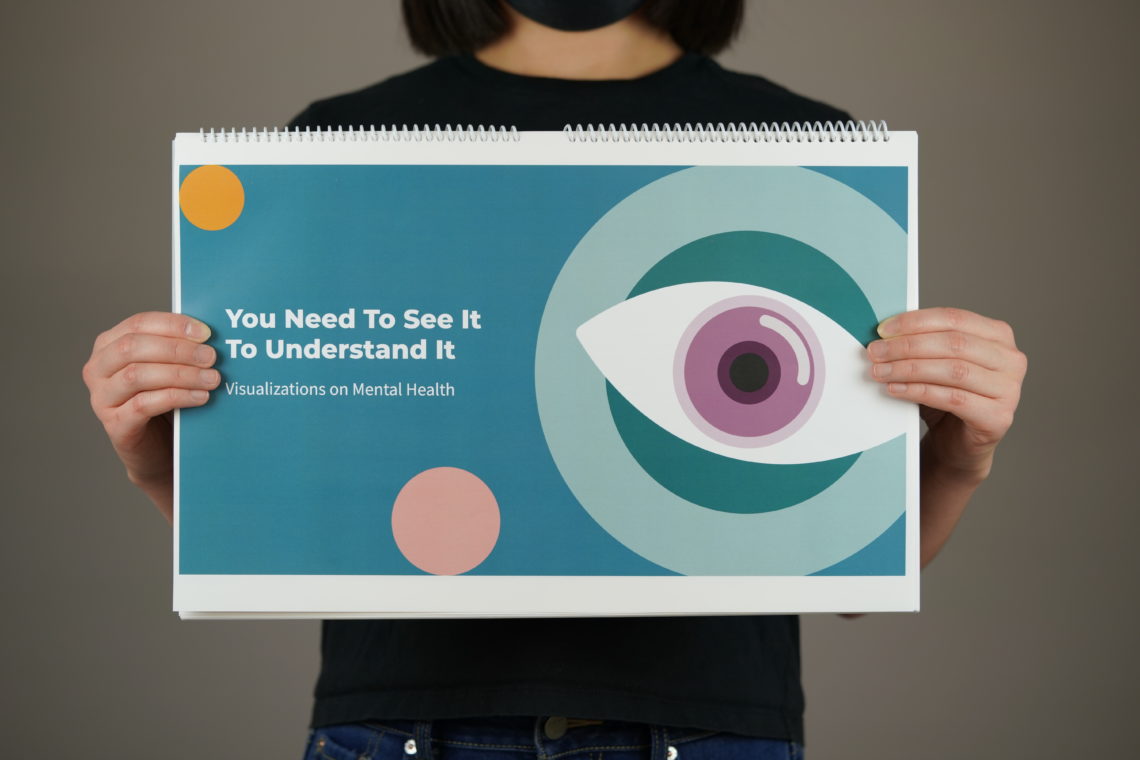Tomoko Ichikawa
Professor of Visual Communication
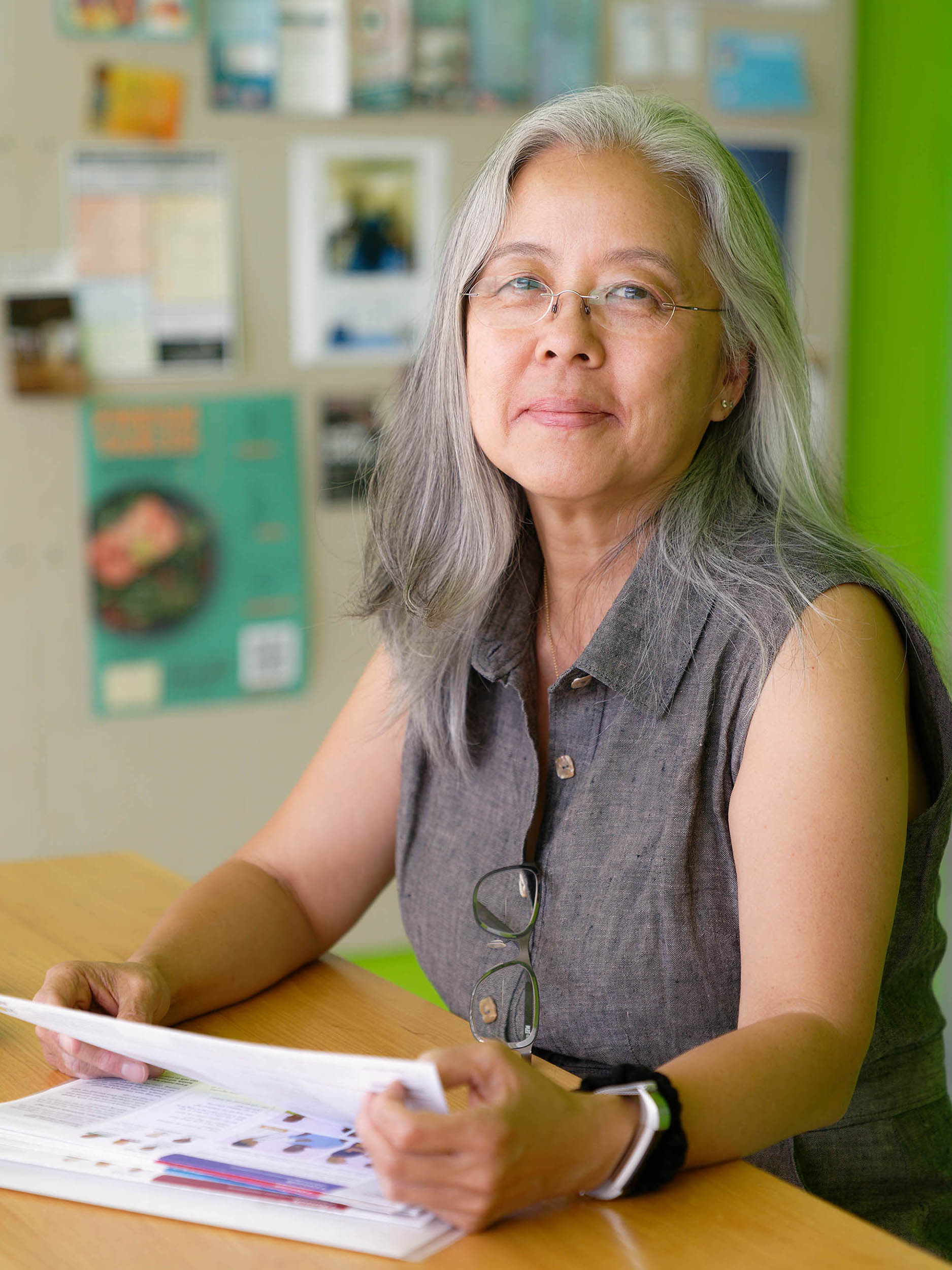
Connect
“Design isn’t for designers.
Design is for the world.”
Tomoko Ichikawa is a Teaching Professor at the Institute of Design (ID) focused on Visual Communication. She believes that good design requires analysis and should be content- and context-driven, and she applies that philosophy as an educator and practitioner of clear and effective visual communication design of complex information.
Tomoko is interested in the syntax and semantic aspects of visual language, using appropriate sign systems to match information structure to visual structure. She has focused on diagrams and, most recently, the emerging field of computer-generated data visualizations in her explorations. Her research interests include understanding new forms of visualization, particularly as they contrast to existing forms, and the various structures of storytelling. She holds a bachelor’s degree in communication from International Christian University in Tokyo and a master of science in visual communication from ID.
Activities at ID
Tomoko has taught at the Institute of Design (ID) since 1993, moving from adjunct faculty to senior lecturer (2013–17) to clinical professor (2017–2022) to associate professor of practice. Her courses have ranged from foundational teaching to advanced workshops of communication design, all with an emphasis on clear and effective communication. Since 2018 she has been partner at the UI Health Institute for Healthcare Delivery Design, designing communication materials for patients, caregivers, and clinicians. Tomoko has also served as principal and information designer at Maykawa Studios since 2005, helping organizations refine and visualize key messages for stakeholders.
Industry Experience
Before joining ID, Tomoko was an information designer at Siegel+Gale in New York. During her tenure there from 1988 to 1992, she collaborated with technical writers to assist Fortune 500 companies with innovative communication approaches and outputs that leveraged new technology to improve brand and customer relationships. From 1992 to 2005, she served as senior information designer at Doblin, Inc., in Chicago. Within the innovation planning firm she worked collaboratively, assisting internal teams in communicating large business concepts to various levels in client organizations, developing and producing workshop experiences, and helping researchers to develop new analytical tools.
Speaking and Publishing
Tomoko’s presentations and panel sessions include “Bumpy to Bumpy: Changing the Shape of Information to Represent the World” (World Information Architecture Day, Chicago, 2017); “Owning Our Ethics: Principles for Design(ers)” (Chicago Design Week, 2017); “Human-Centered Design in the Discharge Process” (NorthShore Hospital System executive education, ID, 2017); “Confusing, Misleading, and What Now?: Critiquing Visualizations” (Canadian Society for Digital Humanities, Congress of the Social Sciences and Humanities, 2014); and “Task-Relevant Visualization in the Humanities” (Canadian Society for Digital Humanities, Congress of the Social Sciences and Humanities, 2014). Research projects include “Driver Assistance Control and Human-Automation Interface Design for Energy Efficient Semi-Automated Hybrid Electric Vehicles” (ongoing with Baisravan HamChaudhuri, Mechanical and Aerospace Engineering, Illinois Tech) and “CEBRE: Communicating the External Beam Radiation Experience” (with Daniel Golden, UChicago Hospital, Illinois Tech/ID, 2017).
Recent work
Book Sections
Ichikawa, Tomoko and Martin Thaler. “How Does Someone Become a Designer?” In Where Must Design Go Next? edited by Jarrett Fuller. Novato, CA: ORO Editions, 2023.
Heller, Steven, and Lita Talarico. 2009. “Visualizing Various Information Types across Multiple Channels.” Design School Confidential. Gloucester, MA: Rockport Publishers.
Institute for Information Design Japan. 2003. “Arena Scan.” Information Design Source Book. Tokyo: Graphic Sha Pub Co.
Papers
Arya, Ritu, et al. 2019. “Communicating the External Beam Radiation Experience (CEBRE): Perceived Benefits of a Graphic Narrative Patient Education Tool.” Practical Radiation Oncology. 10, no 4: 219 – 226. doi: 10.1016/j.prro.2019.09.001.
Ichikawa, Tomoko. 2016. “Visualization as Experience.” Digital Studies/Le champ numérique. North America. Ichikawa, T. (2016). Visualization as experience. Digital Studies/le Champ Numérique, 5(3). doi: 10.16995/dscn.32.
Published Diagrams
Erwin, Kim, Veronica Fitzpatrick, Sarah Norell ,and Melissa Gilliam. 2019. In “Development of a Framework and Tool to Facilitate Cost-of-Care Conversations With Patients During Prenatal Care.” Annals of Internal Medicine, 170, no. 9 (May): S67. doi: 10.7326/M18-2207.
Fong, Abigail J., Meghan Smith, and Alexander Langerman. 2016. In “Efficiency improvement in the operating room.” Journal of Surgical Research 204 (August): 371-383. doi: 10.1016/j.jss.2016.04.054.
